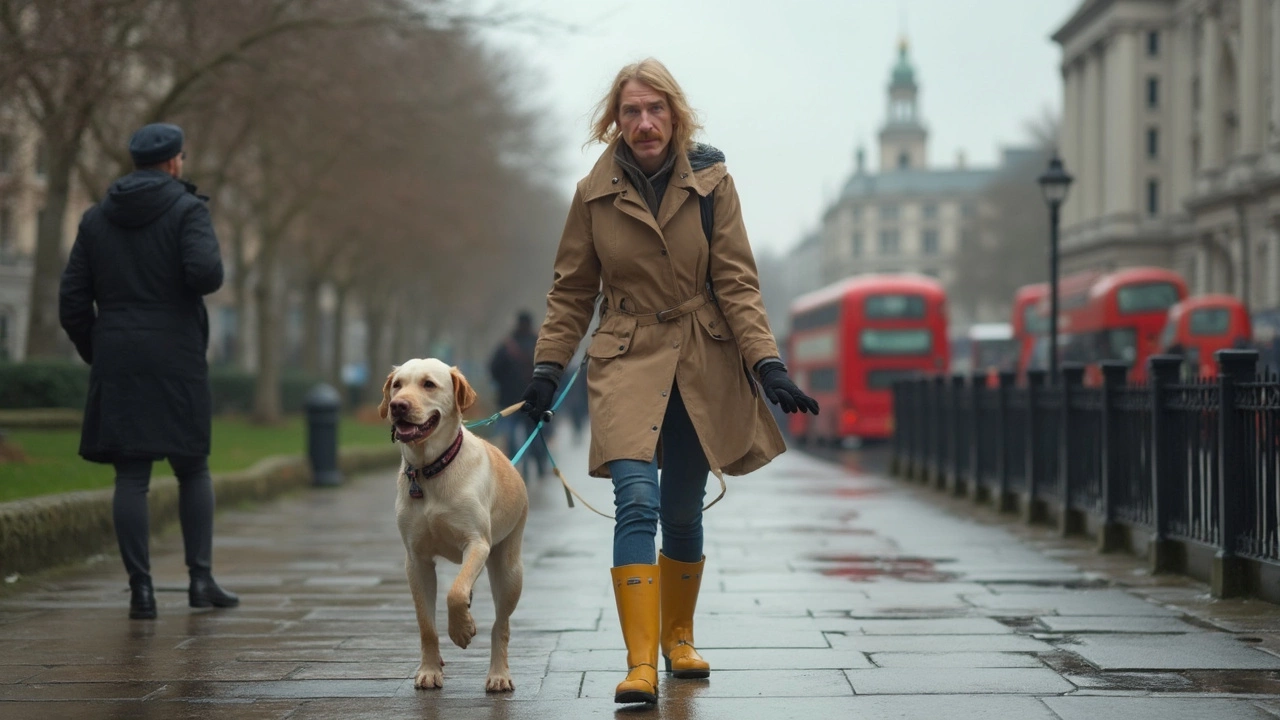Loose Leash Tips: Walk Without Pulling
Ever feel like your dog is dragging you across the park? A loose leash makes walks safer and more enjoyable for both of you. Below are practical steps you can start using today.
Why a Loose Leash Matters
A tight leash puts stress on your dog’s neck and your arm, and it limits your control if they spot a squirrel. When the leash stays slack, your dog stays calmer, and you can focus on the surroundings instead of fighting a tug‑of‑war.
How to Train Your Dog for a Loose Leash
1. Choose the right gear. A no‑pull harness or a front‑clip training leash gives you gentle control without choking your dog. Many owners find a “figure‑eight” leash keeps the line short enough to notice pulling but long enough to stay loose.
2. Start in a low‑distraction zone. Your garden or a quiet street works best. Keep the leash short (about a foot) so you can see any slack instantly.
3. Use a cue word. Pick a clear command like “easy” or “slack”. When the leash is loose, say the cue and reward with a treat or praise. Repeating this builds a habit.
4. Reward the moment you see slack. The instant the leash goes slack, click a clicker or give a treat. This tells your dog that a loose leash = good things.
5. Stop and reset. If your dog pulls, stop walking. Wait until the leash loosens, then resume. Walking forward while they pull only teaches them that pulling gets you where they want to go.
6. Keep sessions short. Ten‑minute walks three times a day work better than one long, exhausting session. Short bursts keep your dog focused and prevent frustration.
7. Add direction changes. Randomly turn left or right. A dog that is paying attention will stay loose to follow your lead.
8. Practice on different surfaces. Grass, pavement, and gravel each feel different under paws. Consistent training across surfaces helps the habit stick.
9. Use treats wisely. Only reward when the leash is loose, not when it’s tight. Over‑feeding can turn the walk into a snack hunt rather than a training session.
10. Be patient. Some dogs learn in a week, others need a month. Stay calm, keep the tone friendly, and celebrate small wins.
Once your dog reliably walks with a loose leash, you can extend the distance, add distractions like other dogs, and even try off‑leash time in a safe, fenced area. The key is consistency – the same cue, same rewards, same reset method.
Remember, a loose leash isn’t just about comfort; it’s about building trust. When your dog knows you’ll guide them without pulling, they’ll follow gladly, and every walk becomes a chance to bond.
Dog Collars: How to Stop Your Dog from Pulling on a Leash
Ever feel like your shoulder is about to pop out because your dog pulls like a tiny sled team? This article breaks down why dogs yank, what actually works to fix it, and which collars can be your secret weapon. Get real tips and no-nonsense advice for making walks way more enjoyable for both of you. Learn quick training tricks and spot the mistakes many dog owners make. You’ll feel more in control—no treats required (okay, maybe just a few).
